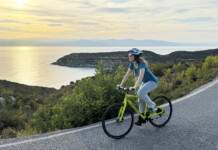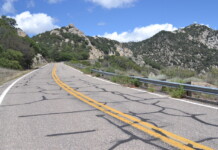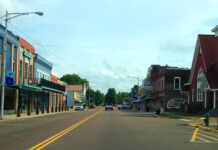102 Miles of Remote High Desert Cycling
By David Collins — Hank Williams’ I’m so Lonesome I Could Cry may be a fitting anthem for this adventure since Life Magazine described Nevada’s HWY 50 as the “Loneliest Road in America”. The ride begins about a 100 miles east of the Nevada/Utah border and cuts through what Millard County dubs the Heart of the Great Basin. If you’re looking for a well-maintained road, devoid of traffic but loaded with natural high desert phenomena, topped off by a treasured national park and epic dark skies when the sun goes down, this ride is for you.
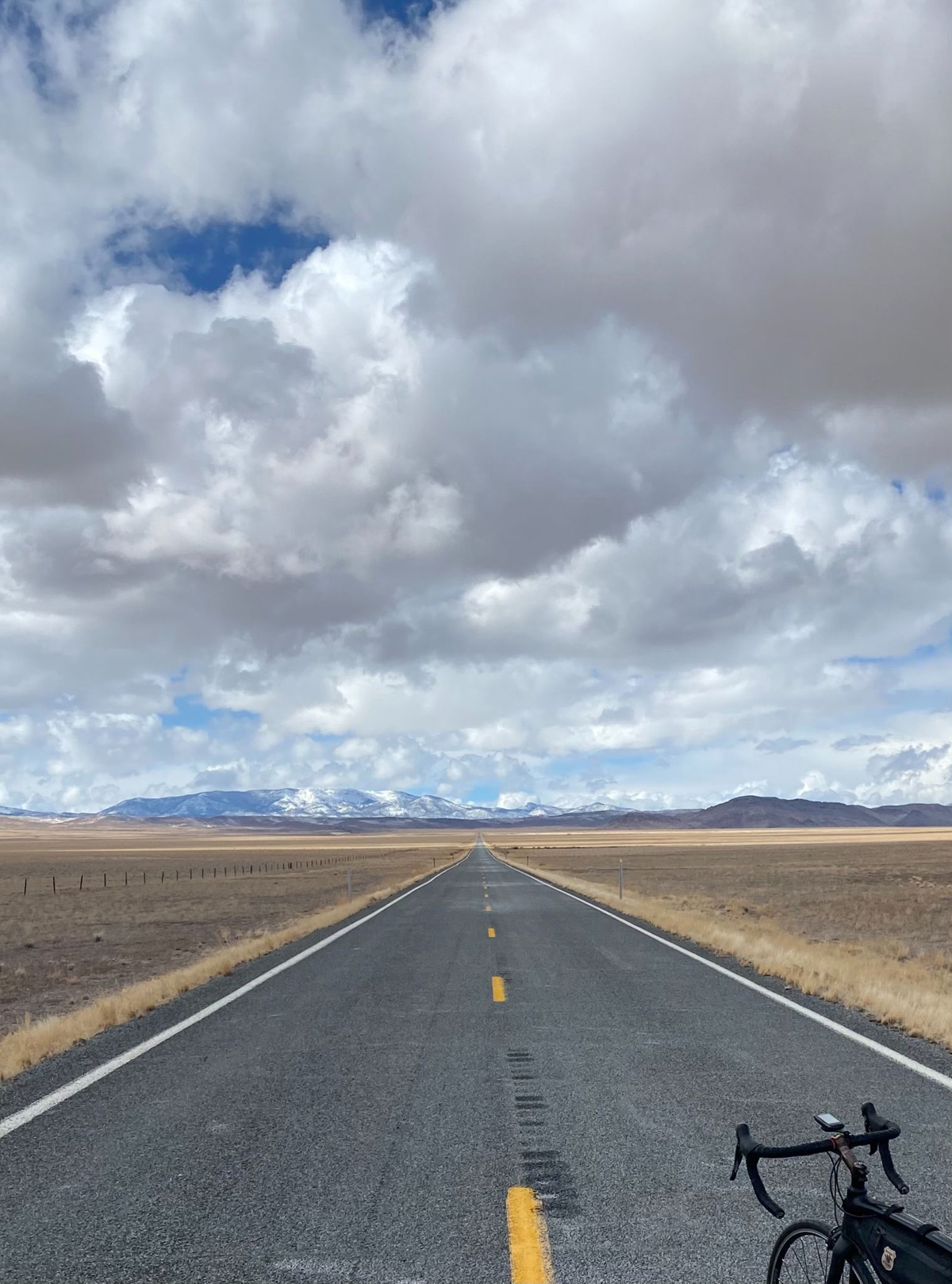
Extended shoulder seasons are usually the best time to ride but depending on your skills, equipment, local conditions and road closures, you might be able to ride it throughout much of the year. Be weather aware, riding conditions can swiftly change.
Excursions and explorations are part of the fun of unsupported bicycle touring at your own pace. Mileage estimates are approximate and may vary depending on your tracking system and whims of the ride. Be sure to tell someone your plans and allow them to track your location using a smartphone or other device.
Solo or unsupported distance cycling often presents potentially dangerous situations related to terrain, weather, equipment, traffic, navigation and mental awareness. Even experienced cyclists must plan carefully and use wise judgment to successfully mitigate inherent risks of the sport or terminate a ride before it turns injurious or deadly. If you are new to the sport or have never ridden a bicycle more than 100 miles in a single day, learn the ropes with a seasoned buddy or local cycling club before strapping on this ride.
Make sure to check maps, plan your route and check local road conditions before you go. As with any ride, be aware of your surroundings and of roadway traffic.
Time to fill water bottles, stuff gear bags, click in and start pedaling The Lonely Century.
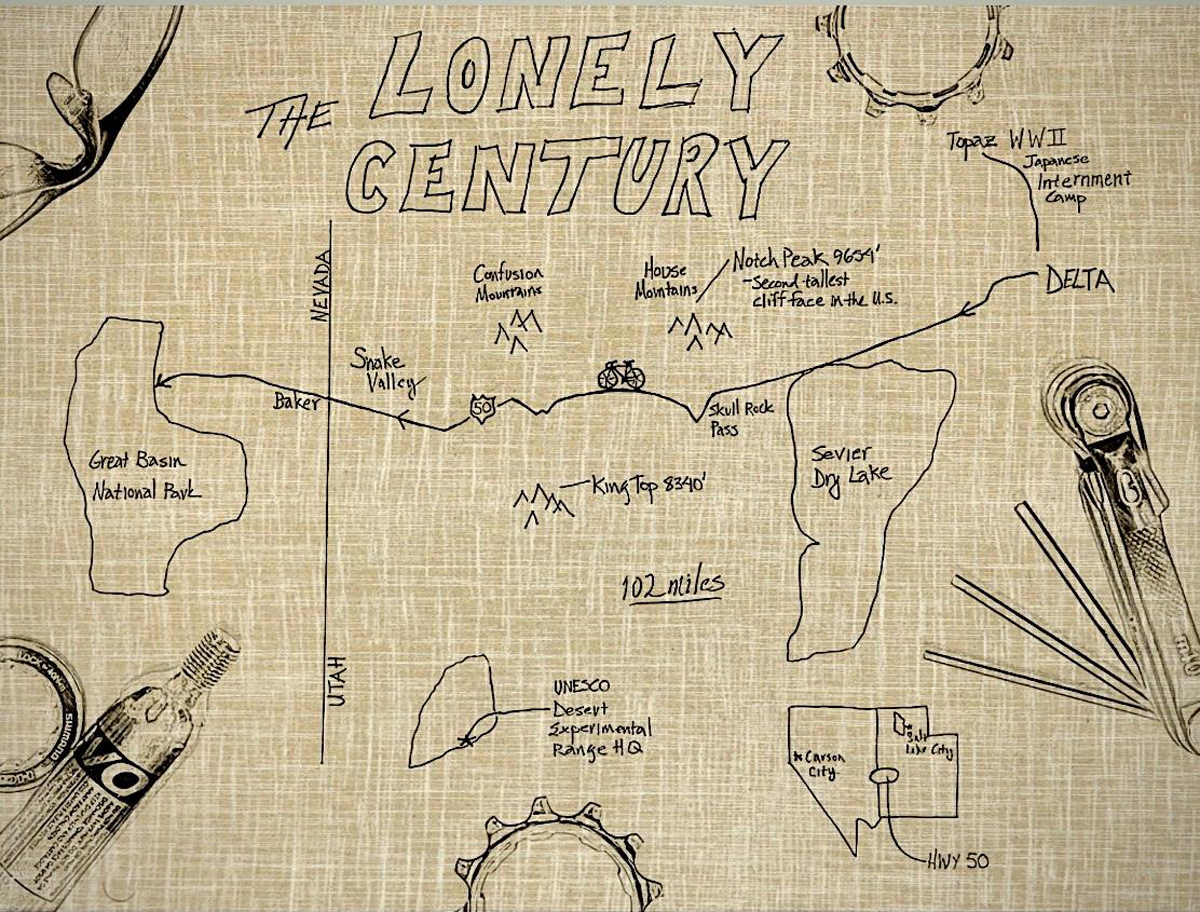
Route:
Hwy 50 from Delta Utah to Great Basin National Park, just over the Nevada border. 102 miles.
Terrain:
All paved. Flats throughout the first 50 miles, risers, two mountain passes and more flats to the Nevada state line. Although many segments of the route do not have much of a shoulder, it is cyclist friendly since traffic is nearly nonexistent.
What to See:
Gunnison Bend Reservoir; WWII Japanese Internment Camp (see Still Have Legs, Lungs and Sunlight); Topaz Internment Camp Museum in Delta; Great Basin Museum in Delta; Sevier Dry Lake bed; mountain ranges (House, Confusion and Snake); rock climbing cliffs; Skull Rock Pass; Kings Canyon; valleys (Tule and Snake); cosmic ray detectors sprinkled in the desert throughout the ride (more than 750 telescopes deployed by scientists from Belgium, Japan, Korea, Russia and the United Sates); King Top Wilderness Study Area; Baker Archaeological Site, a village occupied by Freemont Indians around 750 years ago; Lehman Caves, 1965 film setting for The Wizard of Mars; ancient Great Basin bristlecone pines, some over three thousand years old (see note 1); Great Basin National Park.
Selfies and Photo Ops:
So many lonely infinity shots showing the empty road stretching across the valleys or through the mountains coming to a distant point on the horizon – they dominate the scene from start to finish; WWII Japanese internment site including: Historic Site Topaz Internment sign, Military Police sign and a couple of dilapidated wood structures crumbling in the field; U-dig Trilobite Quarry turnoff; Sevier Dry Lake bed sign; Kingtop Wilderness Study area sign; summit plaques; Eskdale turnoff; Grand Army of the Republic Highway sign; Great Basin National Park entrance; constellations, planets, meteors, satellites, the Andromeda Galaxy and the Milky Way can be seen by the naked eye and easily photographed (the area is recognized as one of the darkest night sky spots in the country).
Wildlife:
Wild mustangs, mule deer, elk, pronghorn antelope, mountain lions, curlews, raptors, pelicans, bats, lizards, rattlesnakes, scorpions, native Bonneville cutthroat trout, freshwater mussels, fingernail clams, pea clams, springsnails, vagrant shrews and other little varmints.
Best Post-Ride Eats:
This is not a culinary tour and food options are minimal, but If you ride back a few miles to The Border Inn on the NV/UT line, you’ll find a tiny casino with a few modest rooms for rent. One of their most precious commodities for a hungry cyclist is found at the dinner counter in the back of the convenience store where a friendly short order cook works the grill and serves up no-nonsense hot plates and sandwiches. Tuck into a couple of classic cheeseburgers, fries and a Coke; then check into one of their cabins for night. The Lehman Caves Visitor’s Center sports a café with a simple menu as well – try the smoked brisket sandwich. Check their schedule before you go, since their hours seem to change with the seasons.
Still Have Legs, Lungs and Sunlight?
After Pearl Harbor, more than 100,000 people of Japanese descent were detained from the West Coast and sent to remote camps. Now a National Historic Landmark, Topaz was one of those internment camps. An easy 15-mile ride from Delta, on paved and hard packed dirt roads, the original camp site is worth the detour. It’s hard to imagine more than 8,000 internees were held here since it’s mostly just an empty field now, with a sign or two and a couple of crumbling structures.
Notes:
- Once you get to the national park, spend the next day on the Wheeler Peak Scenic Drive. Ride it to its high elevation (9800+ ft.) terminus and take the 1.5-mile hike to reach ancient Great Basin bristlecone pines, some over three thousand years old.
- If you’re up for a second century the next morning instead, take HWY 159 from the Utah border through Garrison, then take HWY 21 through Milford and Minersville to Beaver (121 miles). It’s another lonely, beautiful route through basin country and mountains and you’ll clip the Desert Experimental Range not too far from the old UNESCO Experimental Range Headquarters. The road winds over a couple of memorable mountain passes, including a bout with Wah Wah summit.
- Take more than minimum food and water and be extra prepared for mechanical problems since GPS and cell service are often spotty or unavailable and the likelihood of someone stopping to help is minimal due to nearly nonexistent traffic flow.
David Collins is a cycling enthusiast and amateur randonneur. Follow him on Instagram @rockypumpkin.

